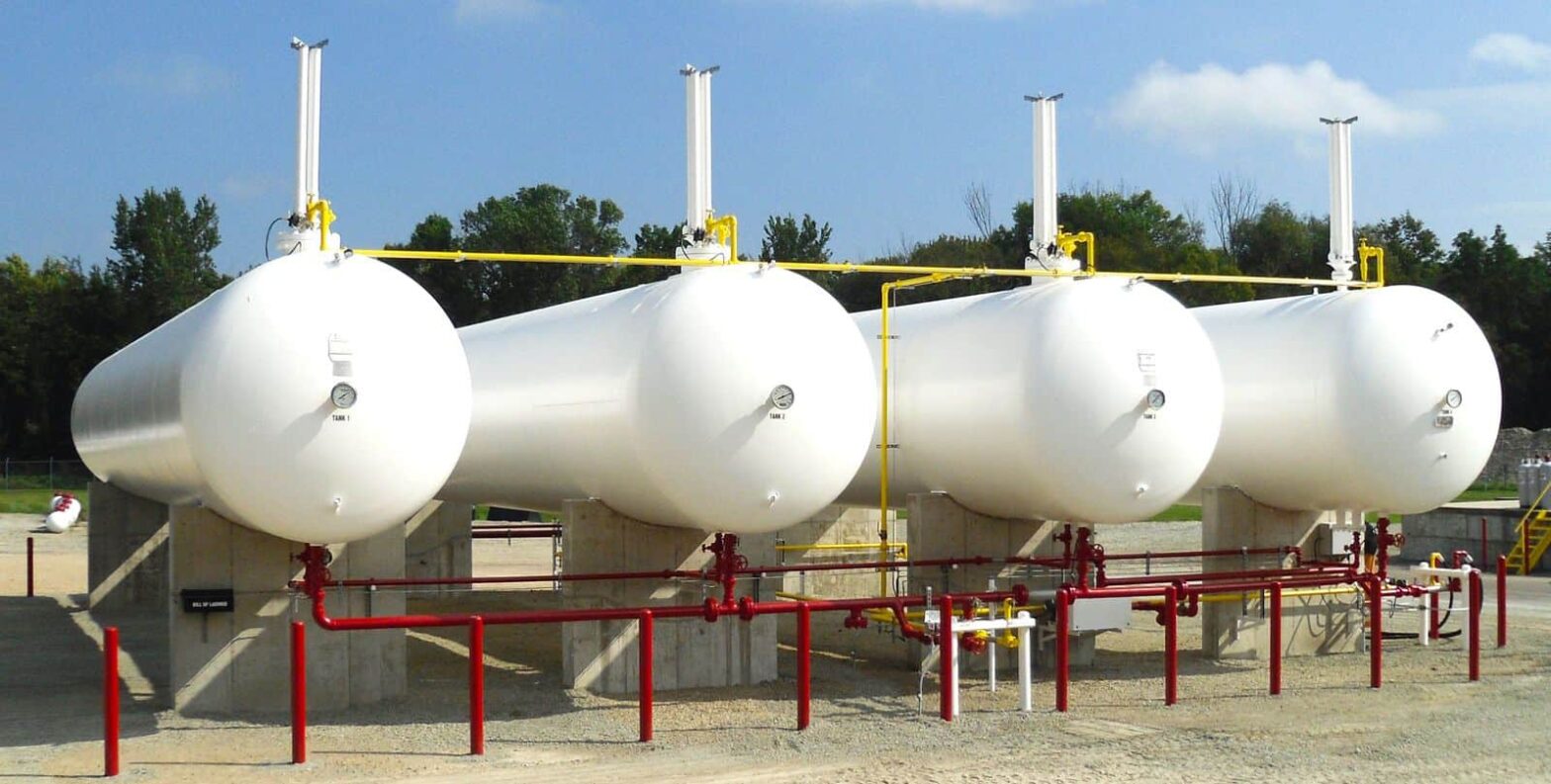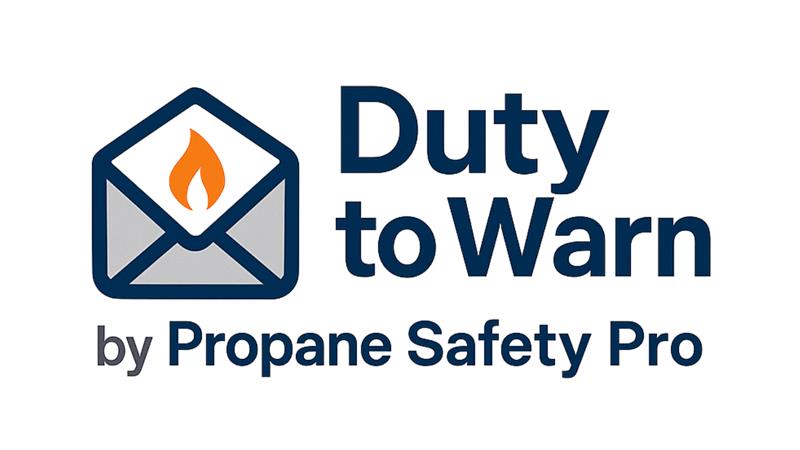Decoding the Impact of Propane Inventory Dynamics

In the propane industry, inventory levels play a crucial role in determining market prices. Fluctuations in supply and demand, influenced by various factors, can lead to significant price volatility. For propane businesses, understanding these dynamics is essential for strategic planning and maintaining profitability.
The Role of Inventory in Price Determination
Propane inventory levels are a direct indicator of supply availability. When inventories are high, it suggests a surplus, often leading to lower prices. Conversely, low inventory levels indicate scarcity, which can drive prices up. These inventory levels are influenced by factors such as production rates, export volumes, and seasonal demand.
Regional Disparities and Their Effects
Inventory levels can vary significantly across different regions, leading to localized price differences. For instance, if the Midwest experiences lower inventory levels compared to the Gulf Coast, prices in the Midwest may rise due to limited supply. Such regional disparities necessitate that propane businesses monitor not only national but also local inventory trends to make informed decisions.
Impact on Propane Businesses
For propane retailers and distributors, inventory fluctuations can have several implications:
Pricing Strategies: Understanding inventory trends allows businesses to anticipate price changes and adjust their pricing strategies accordingly.
Supply Chain Management: Low inventory levels may require businesses to secure alternative supply sources or adjust delivery schedules to meet customer demand.
Customer Communication: Being aware of potential price increases enables businesses to communicate proactively with customers, explaining the reasons behind price adjustments and maintaining trust.
Strategies for Navigating Inventory Fluctuations
To mitigate the risks associated with inventory-induced price volatility, propane businesses can adopt the following strategies:
Diversify Supply Sources: Establish relationships with multiple suppliers to reduce dependency on a single source.
Invest in Storage: Having adequate storage facilities allows businesses to purchase propane when prices are low and store it for future use.
Monitor Market Trends: Regularly tracking inventory reports and market analyses helps businesses stay ahead of potential supply shortages or surpluses.
Flexible Pricing Models: Implementing pricing models that can adapt to market changes ensures that businesses remain competitive while protecting profit margins.
Understanding the dynamics of propane inventory levels is vital for businesses to navigate the complexities of pricing and supply. By staying informed and adopting these proactive strategies, propane companies can better manage the challenges posed by inventory fluctuations and thereby maintain stable and steady operations.














